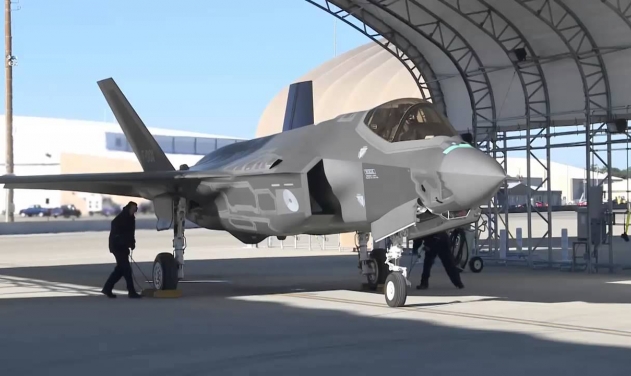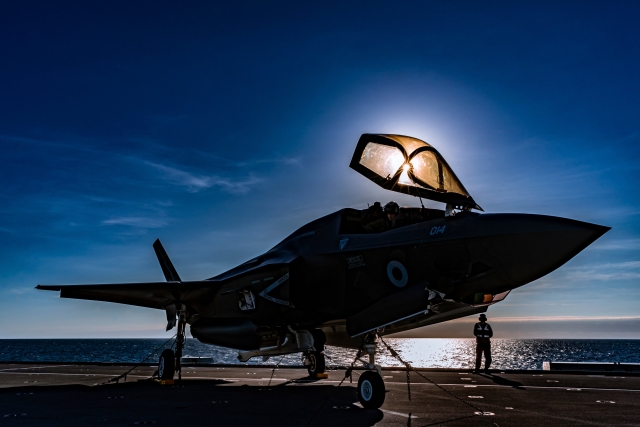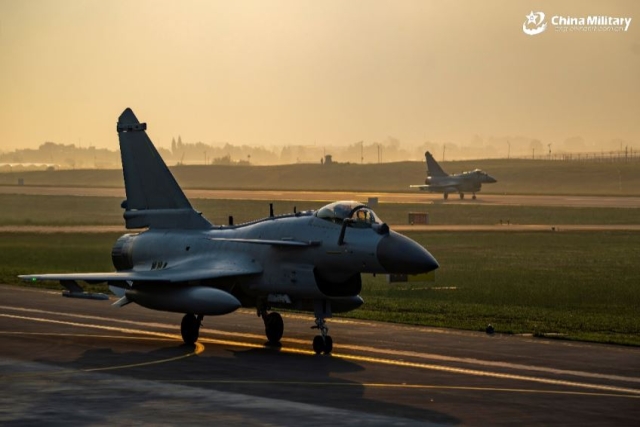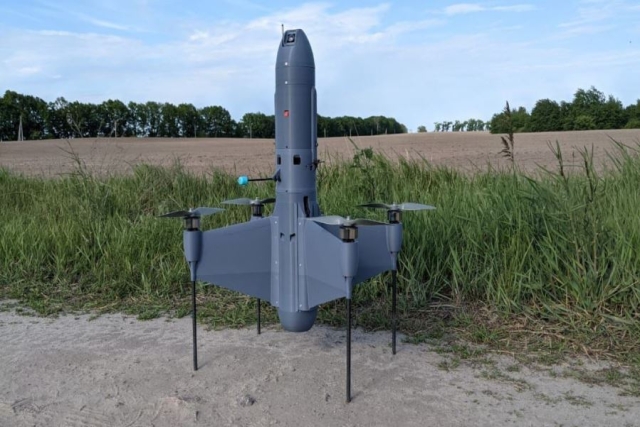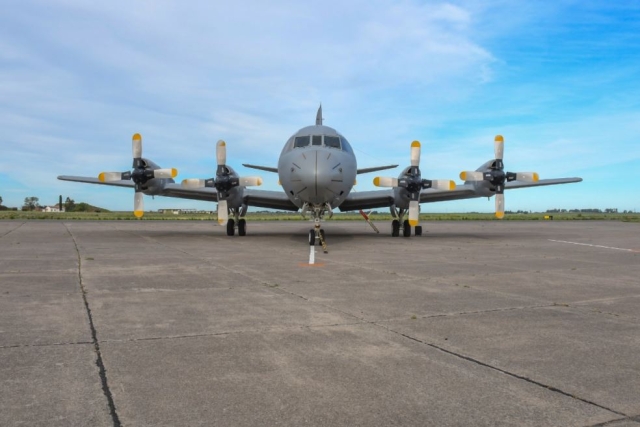Damaged Inert Gas Tubes found on Dutch F-35 Fighter Jets

The famed F-35 Lightning II fighter jet has been found to be vulnerable to lightning.
Damaged tubes, part of the On-Board Inert Gas Generation System (OBIGGS) in fuel tank, have been found on F-35A fighters belonging to the Dutch air force, a Dutch air force release said September 18.
The problem had earlier been detected in 4 (non Dutch) aircraft. As a result, all countries operating F-35As have been advised to avoid flying near thunderstorms, and to protect aircraft on the ground with shelters or lightning rods.
This information was released in the 21st annual progress report VF-35 published last week.
The OBIGGS ensures that the risk of explosion of fuel vapors in, for example, (when) a lightning strikes, is reduced to a minimum. The damaged tubes can make the fuel tanks vulnerable to lightning strikes.
After damaged tubes were found on four (non-Dutch) aircraft, further inspections followed. More damaged tubes were found, including on Dutch F-35As. The cause of the problem is under investigation.
The problem with the OBIGGS will have no influence on the Initial Operational Capability (IOC) status at the end of 2021for the Dutch F-35 fleet in Leeuwarden Air Base.
Dutch F-35 Damaged due to bird Strike in the US
A Dutch F-35 was damaged in the United States by a bird strike when the aircraft was on a training mission operating from Luke Air Force base in Arizona last week. The Dutch pilot instructor managed to land safely at the home base of the training detachment. The extent of the damage is currently being investigated.
The Netherlands now has 12 F-35s, 4 of which are stationed at Leeuwarden Air Base. The other 8 are in the United States for pilot training.
